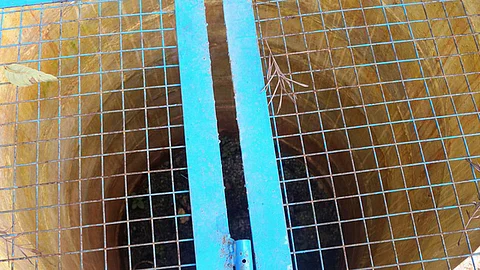
- Topics
- Feature
- Opportunities & Events
- About
- Hindi Portal
- Data
- Topics
- Feature
- Opportunities & Events
- About
- Hindi Portal
- Data

Open wells have a major role to play in the artificial recharge of groundwater. Rooftop rainwater and surface water flowing in storm water drains can be filtered; the silt removed and allowed to recharge the open wells.
If you are building on a new site do not forget to consider digging an open well. No, It need not be like the magnificent stone structure shown alongside. It can be of RCC rings, only a metre in diameter and about 6 metres deep.